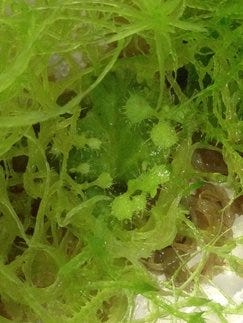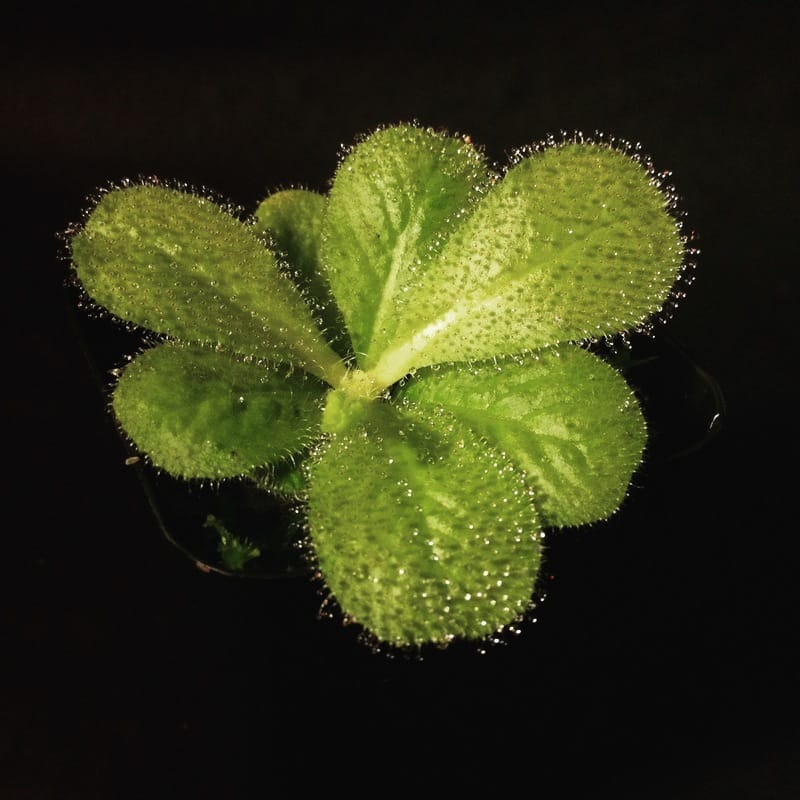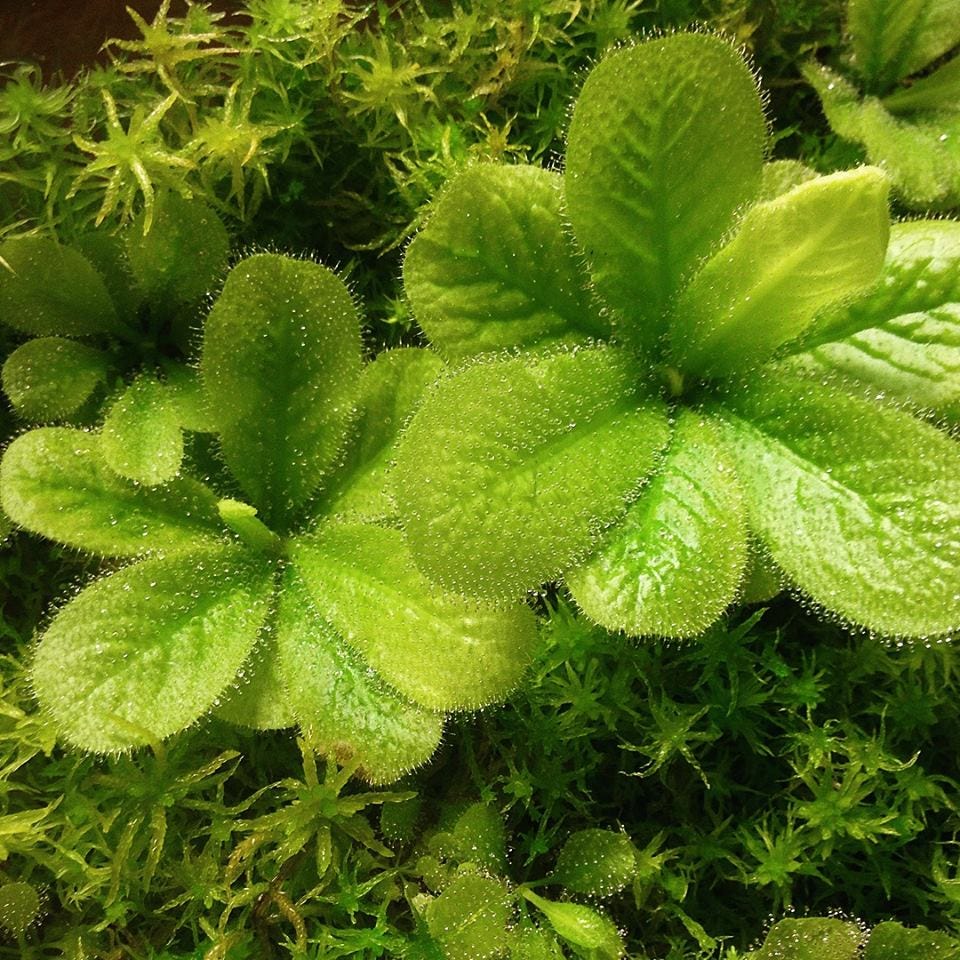A FEW OBSERVATIONS OF DROSERA SCHIZANDRA
Cultivation notes on a fickle but charming species
Introduction
Drosera schizandra is one of the first Drosera species that actually stuck in my head when I first started getting into CPs (I think it was the novelty of owning what looks like carnivorous lettuce from a place called "Wooroonooran National Park" that really got to me - the Aussies really do have brilliant names for some places). Despite its position near the top of my want list, however, I held off getting this species initially for two reasons: 1), all sources I could find pointed to it being a tricky grower not suited to the noob who had yet to grow D. adelae or D. prolifera and 2), I simply couldn't find it for sale anywhere for what I was willing to pay. I did eventually manage to locate a small one for a good deal however, and although I had no prior experience with any of the Queensland sisters, I impulsively bought it anyway. Luckily it survived, and I've propagated that clone dozens of times now
Drosera schizandra is typically considered to be the most difficult of the three Queensland sisters to grow (hence the order of progression recommended by most starting with D. adelae), but growing D. adelae and D. prolifera first is certainly not a prerequisite for growing this species successfully - I know people who have killed heaps of D. adelae but grow D. schizandra very well. That being said, I wouldn't recommend this species for a fresh CP noob without experience with Drosera at all, as in most cases I suspect that would result in frustration and wasted dollars.
Lighting
Drosera schizandra usually grows in shady understory in nature, and this is reflected in its lower light requirements than other CPs. This is one of the few species that can perform well on a windowsill that receives mostly indirect light, given that it is kept reasonably cool (it does still require a decent amount of light however, you cannot simply shove it into a dark corner). I have tried this species under both natural light and artificial light from T5s and have noticed that it tends to burn easily (in my conditions, at least) when exposed to high light without acclimation. I would avoid placing it under very strong lighting if it is your first time growing it, at least until you have extras to experiment on.
Temperature
In terms of temperature, the clone I grow seems to prefer cooler temperatures suitable for most highland Nepenthes. Originally I kept some plants in a tank that would reach excesses of 85F or more during very hot summer days - after about a week of this the plants lost their dew and crapped out on me. The individuals that grow well for me are kept at temperatures that never exceed 75F with about a 5-10F drop at night. I don't think that having a temperature drop at night it vital as long as the plants aren't kept too warm during the day. I have not tested the lower end of this plant's temperature tolerance but you certainly should not allow it to get anywhere near freezing. Depending on where you live, a cool windowsill may offer the temperature range that this species enjoys.
Humidity and Watering
Drosera schizandra grows best for me under high humidity, although there are growers who have successfully grown it with typical room humidity levels. I grow all my plants in sealed terraria. The windowsill plants are kept out of too much direct sun to avoid cooking them, while the ones under T5s are kept about a foot away from the lights. Under my conditions the clone I have prefers Sphagnum as a substrate - whether it is live or not does not seem to have any significant impact on its growth. I like to top dress my media with live moss as I quite enjoy the aesthetics and fluffy feeling, but this is not necessary. I would advise using only high quality Sphagnum, none of that crud from Mosser Lee or something like that (I do know several growers who have managed this plant in peat-based mixes, but my attempts at that have resulted in less than satisfactory results). I keep my plants moist but not waterlogged. If you are growing them in drained pots, sitting them in a thin film of water should be fine. If you're growing them in planted tanks or the like, do not flood them as they do not take kindly to being drowned. Drosera schizandra, like other Drosera, is sensitive to water with high TDS.
Propagation
Although it can be a bit tricky to initially pin down the exact conditions this species needs, it is incredibly easy to propagate via leaf cuttings. I'm surprised that it's not more available in the US than it is at the moment (if you're now inspired to raise an army of these and flood the market with cheap Drosera schizandra in order to undercut competitors, don't tell them it was my idea). Select healthy leaves for your cuttings (it does not seem to matter if the leaf has dew or not as long as it's green, I get strikes on both), lay them on moist Sphagnum under conditions you would grow adult plants in, and wait. You should see little plantlets within a month or two. Depending on the size of the leaf you can get anywhere from two or three to over a dozen. Once the plantlets have formed roots it is safe to separate them. Given that D. schizandra flowers rarely and is reportedly not self-fertile, seed is generally not the go-to method for propagating this plant.


Conclusion
All in all, D. schizandra is unique, striking, and not too difficult to grow if you can accomodate its preferred conditions. I am currently looking for different clones of Drosera schizandra of seed-grown origin. If you have any and would like to work out a trade please let me know!




